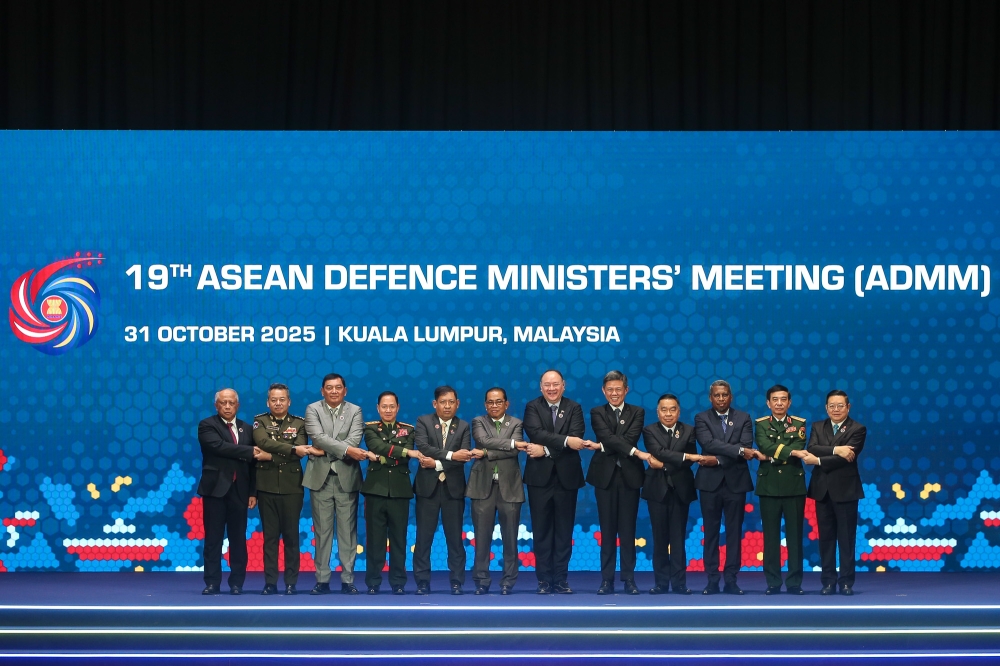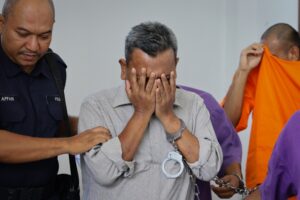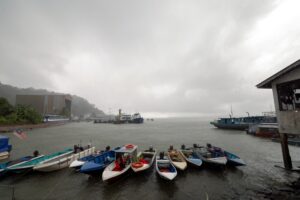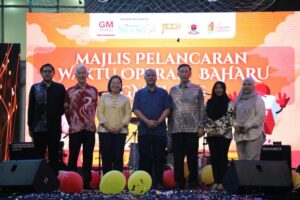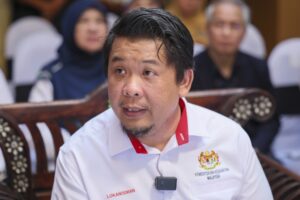KUALA LUMPUR, Nov 2 — Continuing the momentum of the historic 47th Asean Summit, defence chiefs of the region gathered at the capital for two days to shape South-east Asia’s regional security architecture.
Led by Defence Minister Datuk Seri Mohamed Khaled Nordin, the Asean Defence Ministers’ Meeting (ADMM) endorsed a record number of 20 initiatives in a single year and hosted some 50 bilateral meetings on the sidelines.
Outlining Asean’s vision for regional security, Khaled said security and prosperity is interdependent and inseparable for the region — and emphasised that it should remain a Zone of Peace, Freedom and Neutrality (Zopfan).
The regional security architecture, he said, must be guided by Asean centrality and remain Asean-led, inclusive, rooted in dialogue and consensus as well as respect for international law.
He also urged his counterparts to protect Asean’s two enduring strengths — its internal unity and external openness — which was aptly reflected in this year’s theme, “Asean Unity for Security and Prosperity”.
Securing internal future

Defence Minister Datuk Seri Mohamed Khaled Nordin speaks during the chairmanship handover ceremony of ADMM at the KLCC on November 1, 2025. — Picture by Firdaus Latif
The Asean defence ministers signed the 25-point Kuala Lumpur Joint Declaration on Asean Unity for Security and Prosperity on Friday, addressing a host of persisting regional challenges.
On the Code of Conduct (COC) on the South China Sea, the defence chiefs expressed their hope for an early conclusion of an effective and substantive COC, in keeping with the 1982 United Nations Convention on the Law of the Sea (UNCLOS).
During the Asean Summit and ADMM, China has agreed to expedite efforts to conclude a legally-binding COC for peaceful settlement of disputes in the contested waters.
Similarly, they also welcomed the Kuala Lumpur Peace Accord, signed between Cambodia and Thailand to ease border tensions, and the establishment of the Asean Observer Team to oversee the full and effective implementation of the ceasefire.
On the Myanmar conundrum, the Asean defence leaders reiterated the need for the junta-led country to fully implement the Five-Point Consensus (5PC) for a peaceful and durable solution to the ongoing conflict.
They also welcomed Timor-Leste into the Asean fold and supported the country’s continued progress in fulfilling the roadmap to facilitate its integration with Asean.
Malaysia and Timor-Leste also signed a defence cooperation agreement on Friday to help develop the island nation’s military and security capabilities.
Redefining external engagements
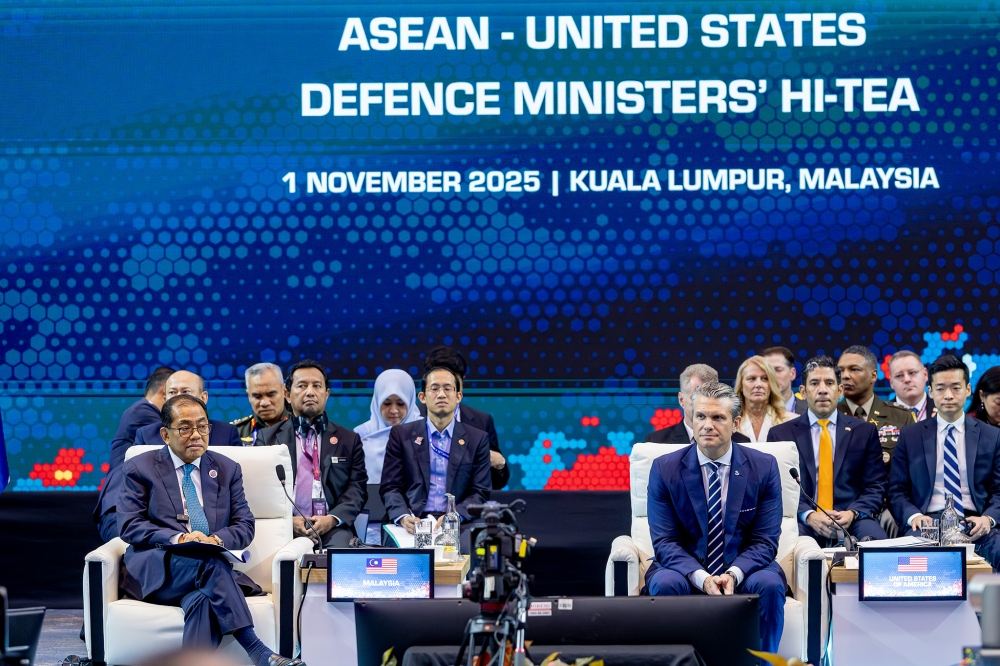
Datuk Seri Mohamed Khaled Nordin meets with US Defense Secretary Pete Hegseth at the Asean- US Defence Ministers Hi-Tea on the sidelines of the 12th Asean Defence Ministers Meeting-Plus (ADMM-Plus) at KLCC on November 1, 2025. — Picture by Firdaus Latif
The Malaysia-led ADMM also clearly defined Asean’s engagements with major powers, averting the risk of the region becoming a stage for their strategic rivalry.
Khaled described the US as “a proponent of security”, referred to China as “a critical promoter of global prosperity” and commended India as “a powerhouse of ideas and discoveries” that should drive innovation for regional defence.
All these engagements, he said, should be rooted in respect for international law.
In the Kuala Lumpur Joint Declaration, the Asean defence chiefs welcomed the upcoming joint maritime exercise with the US in December.
They will also hold similar military drills with China, India and South Korea through a “Plus One” format.
Following the ADMM-Plus meeting on Saturday, the defence ministers of Asean and its eight dialogue partners — Australia, China, India, Japan, New Zealand, Republic of Korea, Russia and the US — renewed their commitment for regional stability and cooperation.
In the joint statement today, the ADMM-Plus countries agreed to foster information-sharing, increase capacity-building initiatives and continue confidence-building measures to tackle security challenges, among others.
Khaled said the ADMM-Plus remains relevant — 15 years since its inception in Hanoi, Vietnam — because it allows for differing views to be heard and acknowledged.
Responding to emerging threats
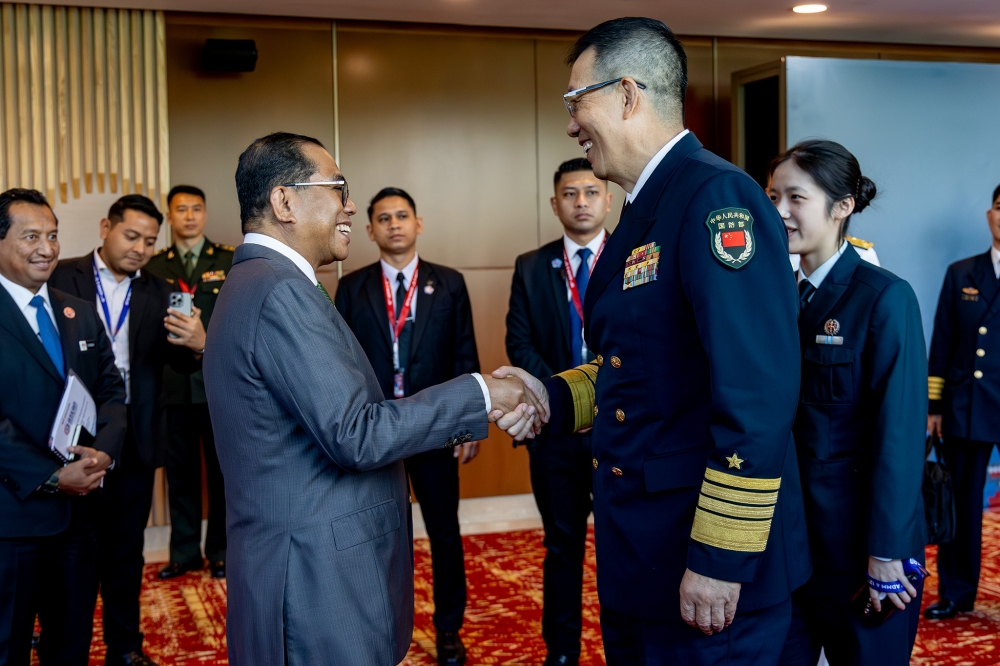
Datuk Seri Mohamed Khaled Nordin meets with Chinese Defence Minister Dong Jun during the Asean-China Defence Ministers Luncheon on the sidelines of ADMM at KLCC on October 31, 2025. — Picture by Firdaus Latif
The ADMM and ADMM-Plus meetings also signalled Asean’s readiness to tackle emerging threats such as climate shocks, cyber warfare, natural disasters and pandemics.
At the ADMM, the Asean defence leaders adopted the concept paper on Asean Defence Search and Rescue Exercise (ADSARX) to improve regional preparedness and strengthen coordination among Asean air forces.
Similarly, they adopted the concept paper on Critical Underwater Infrastructure (CUI) Security from a Defence Perspective and the Guidelines and Roadmap for the Implementation of Asean Cyber Defence Network (ACDN).
Capping off the milestone meetings, Khaled said the ADMM and ADMM-Plus “surpassed expectations” and were not merely “a forum for formality” under Malaysia’s stewardship.
“Throughout our discussions, one message has rung clear: Asean’s strength lies not in power or dominance, but in partnership and dialogue,” Khaled said.
“It is this spirit — of cooperation over competition, of solidarity over separation — that keeps our region stable and our future secure.”
